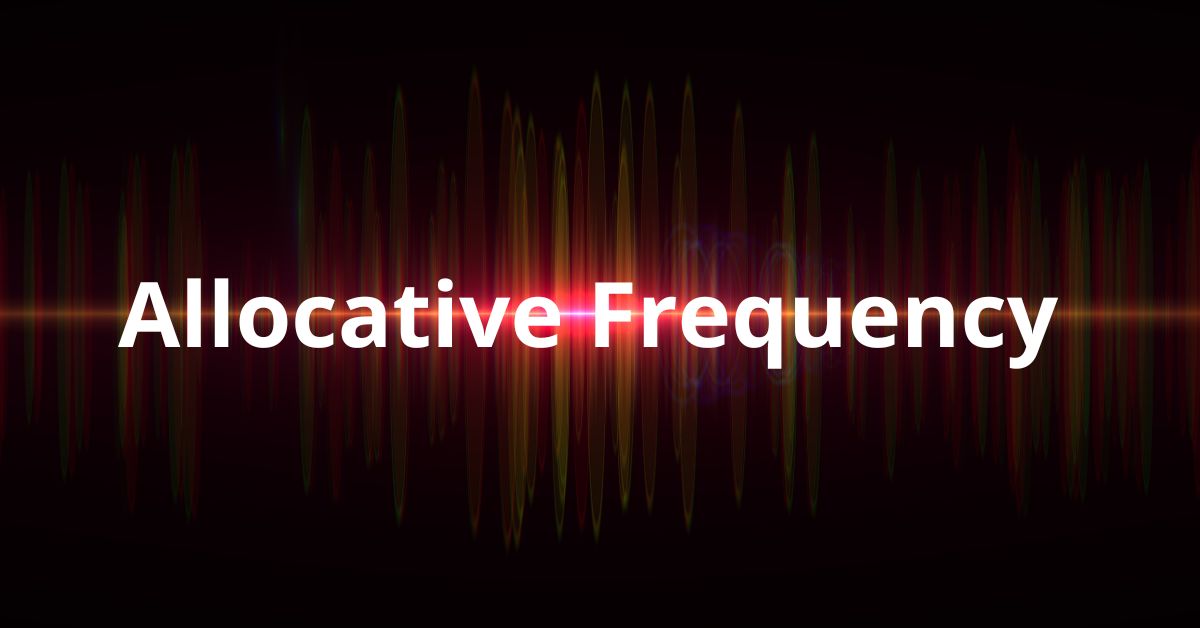In semiotics, smoke is considered as
(A) vertical communication
(B) horizontal communication
(C) circular communication
(D) indexial communication
Correct Ans: (D)
Explanation:
In semiotics, smoke serves as a classic example of indexical communication. This type of communication relies on signs that have a direct, causal, or physical connection with what they signify. Charles Sanders Peirce, a key figure in semiotic theory, identified three main types of signs: iconic, symbolic, and indexical.
An indexical sign doesn’t just represent something—it points to or results from it. In the case of smoke, its presence typically indicates fire. There’s no need for interpretation based on cultural context or learned meaning. Instead, smoke naturally and physically results from combustion, which links it to fire. This makes it indexical.
Let’s quickly eliminate the incorrect options:
- Vertical communication involves hierarchy, usually in organizational communication—not relevant in semiotic analysis.
- Horizontal communication happens between equals, again a concept of structure rather than signification.
- Circular communication refers to feedback loops in communication models, not to semiotic sign types.
Because of its physical causality and direct reference, smoke exemplifies indexial communication. It doesn’t resemble fire (like an icon) and isn’t culturally assigned (like a symbol). It points to fire because it comes from it. Thus, in the language of semiotics, smoke equals an index.




















